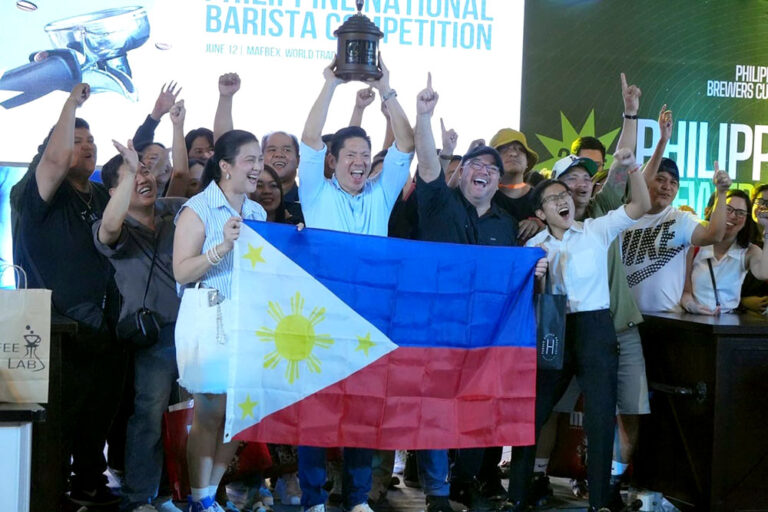It sounds like amateur wrestling’s ultimate mismatch: an 80 kg woman astride a man half her size whose counterattack is utterly futile. But her weight is not her only “advantage” – her opponent, who is also her husband, has cerebral palsy.
In another match, two paraplegic men struggle for supremacy, emerging bloodied after the bell sounds an end to an exchange of head butts.
These are the brutal extremes of Doglegs, a group of Japanese wrestlers attempting to shatter stereotypes of the country’s largely ignored disabled community with every kneebar, headlock and chokeslam into the blood-spattered canvas.
Their lives in and out of the ring are now the subject of Doglegs, a shocking, intimate – and at times humorous – film that opened in Tokyo at the weekend.
Directed by documentary maker Heath Cozens, Doglegs follows five wrestlers, but it is the strained bonds of friendship between Shintaro “Sambo” Yano, a 46-year-old caretaker with cerebral palsy, and his able-bodied rival, Yukinori “The Antithesis” Kitajima, that provides the film’s narrative arc.
Filmed over three years, it tracks the two men as they prepare for an all-or-nothing bout that Yano has vowed to win before retiring to focus on his job and, he hopes, to find love. “I won’t be a pathetic cripple no more,” Yano warns. “I’m going to beat Kitajima.”
Doglegs premiered to critical acclaim last year at Hot Docs, North America’s biggest documentary festival, and had its US premiere at Fantastic Fest, where Cozens, a 42-year-old New Zealander, won best director in the documentary section.
With the film due to be shown at cinemas in several Japanese cities in the coming weeks, he wonders if audiences will react as he did when he witnessed his first Doglegs bout: a compulsion to laugh, followed by shame at his reaction and, eventually, admiration.
“That’s the big question: is it exploitation or empowerment?” Cozens said in a recent interview with the Guardian. “The next question is: who gets to decide? The wrestlers are up there of their own volition, and no one is making any money out of it. They have their own reasons for being there, and you have to give them the benefit of the doubt. If it’s exploitation, then you’re saying that the people in the film are not independent agents. To say that they’re being exploited is condescending.”
The film is the culmination of three years’ filming, which started only after Cozens had spent two years attempting to convince Kitajima that he was serious about the project.
Away from the ring, we witness the wrestlers’ battles with illness and personal demons. Yuki Nakajima – “Hopeless Goro” – whose fight against depression and cancer triggers one of several moments of black humour. “It’s like when I told you guys I first had cancer,” he says in the film. “Shintaro looked up and said, ‘Pass the beer’. It was great. It was so Doglegs.”
For the disabled wrestlers, the ring is a leveler and an escape from the prejudice they experience in their daily lives. As the able-bodied Kitajima tells his fellow athletes before a series of bouts: “Just today, you’re not a pathetic cripple. Just today … I don’t know about tomorrow.”
Launched in 1991 as a volunteer group for the disabled, Doglegs embraced wrestling after Shintaro and another disabled man came to blows over a woman and realised how much they enjoyed the sense of catharsis.(Justin McCurry)
Link: http://www.theguardian.com/society/2016/jan/16/doglegs-the-wrestlers-breaking-stereotypes-of-disability-in-japan



